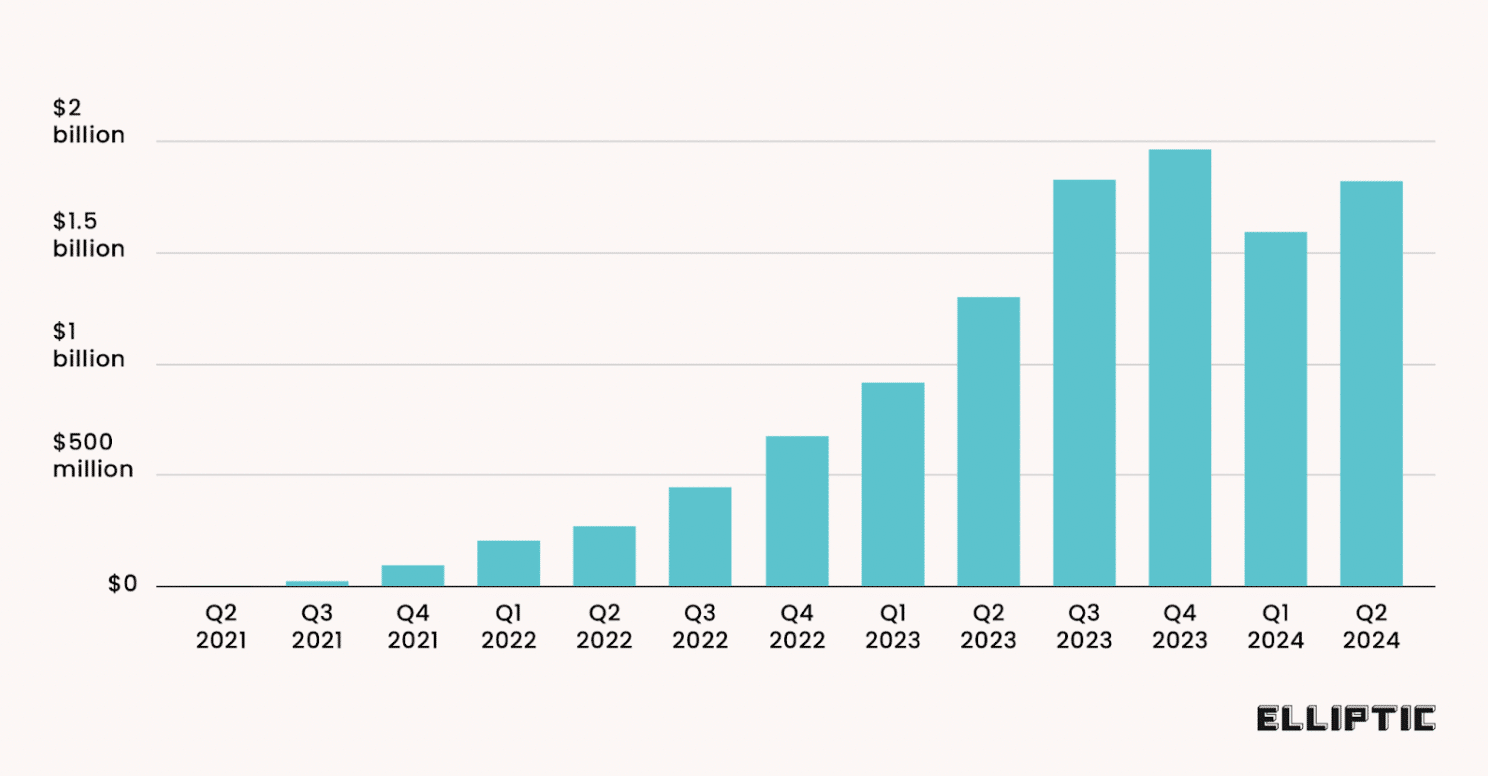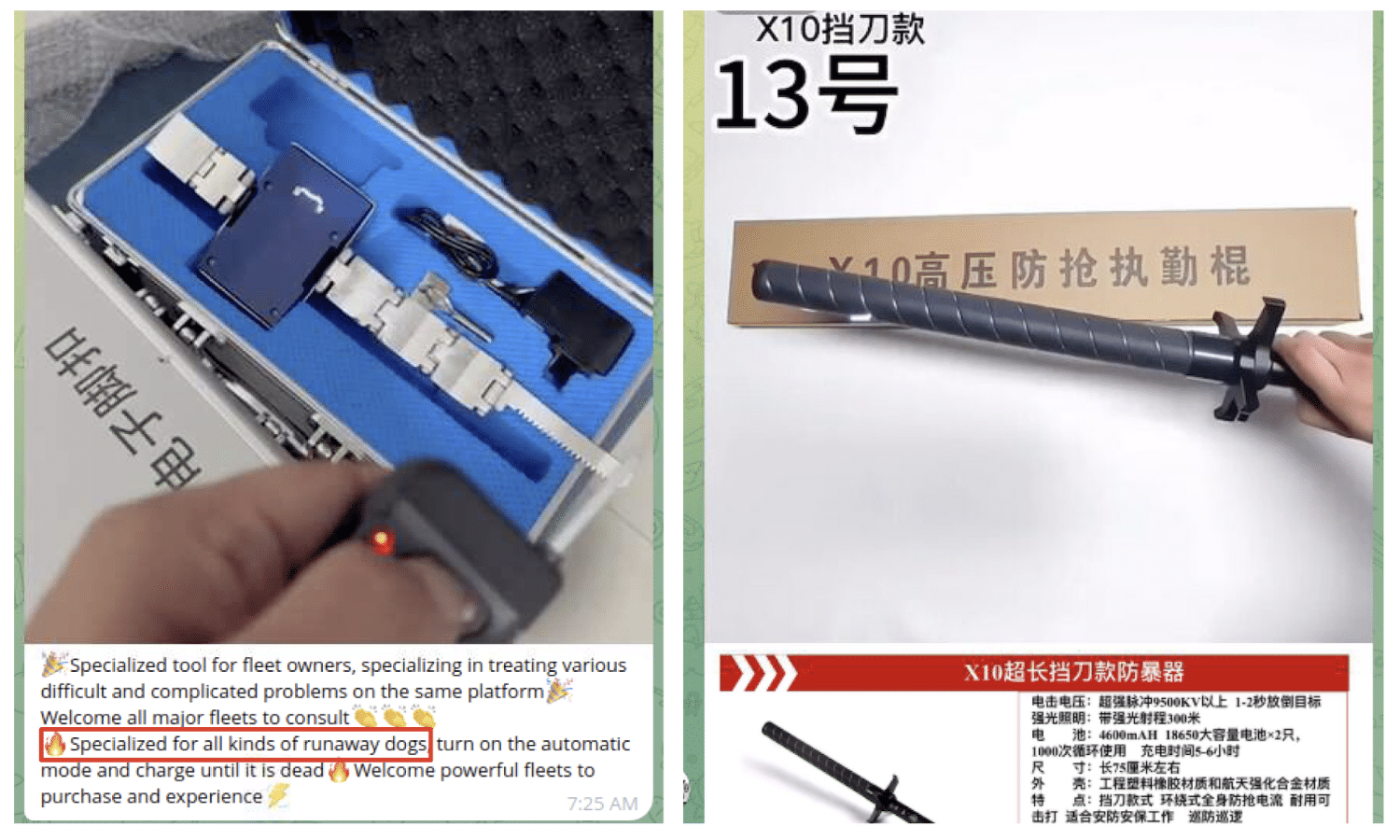Reports have repeatedly suggested that Tether worth billions of dollars has been laundered following pig butchering and sextortion scams — and it’s a problem getting worse, not better.
An in-depth new report has exposed how the USDT stablecoin is being widely used as a payment method in a criminal marketplace, with illicit wallets receiving more than $11 billion over the past three years.

The blockchain analytics firm Elliptic says Tether is the primary payment method of a platform called Huione Guarantee, which facilitates transactions on behalf of cybercriminals and their customers.
Some merchants claim they can assist with money laundering, especially with ill-gotten gains obtained through pig butchering incidents. Others say they’re willing to help deal with the proceeds of sextortion scams.
For the uninitiated, pig butchering scams see fraudsters gradually win the trust of unsuspecting individuals — often by pretending to be romantically interested — and encouraging them to gradually place their entire life savings into too-good-to-be-true crypto investments.
Through Huione Guarantee, it’s even possible to hire people to create websites for these fake investment opportunities — and acquire “AI face changing” software so scammers can convincingly communicate with their prey.

Countless billions of dollars have been lost to pig butchering scams, but it’s easy to lose sight of the fact that, more often than not, the people tasked with carrying out these crimes are victims too. They often travel to South East Asian nations such as Cambodia and Myanmar in the hope of high-paying work, only to be imprisoned with their passports confiscated.
Chillingly, items are also sold on Huione Guarantee to torture these workers, including shackles that deliver electric shocks — and batons to beat them with.
“Some of these forced workers resort to suicide or die in suspicious circumstances,” the Elliptic investigation warned.

Authors pointed to “overwhelming evidence” that Huione Guarantee’s “predominant role is to act as an illicit marketplace.” And in another surreal development, it appears that this platform has ties to a large Cambodian firm that dabbles in everything from airlines to real estate, with one executive who is closely related to the country’s prime minister.
While the report shows the sheer scale of pig butchering scams in a new light, Elliptic said that one benefit of crypto payments is “the transparency of the blockchain,” as flows of USDT can be monitored and frozen to starve scammers of revenue.
“Following our investigations, hundreds of cryptocurrency addresses controlled by Huione companies and used by merchants operating on Huione Guarantee have been labeled in Elliptic’s tools,” it added.
Clampdowns continue
There has also been growing evidence of Tether being used to orchestrate criminal activity in China, where the use of cryptocurrencies is banned.
Back in May, a large underground gang that allowed individuals to sidestep strict foreign currency rules and send funds abroad was busted by police, with local media reports suggesting $1.9 billion was transferred overseas.
The United Nations also shed light on the issue in January, when it alleged that USDT on Justin Sun’s TRON blockchain had “become a preferred choice for regional cyberfraud operations and money launderers alike due to its stability and the ease, anonymity and low fees of its transactions.”
Over the space of a 12-month period, estimates suggested that more than $17 billion in Tether was “connected to underground currency exchanges, illegal commodity trades, unlawful collection and payment processes, and various criminal activities.”
There has also been growing evidence of USDT being demanded as a ransom by kidnappers. Two unemployed women brazenly abducted a three-year-old boy from a shopping center in Hong Kong, and later left a note ordering his mother to pay $640,000 worth of Tether to a wallet. The culprits were later arrested and the child was thankfully unharmed.
A recent TRM Labs report went on to say that Tether was far and away the stablecoin with the most illicit volume — with estimates suggesting that 1.63% of trades were linked to criminal activity. By comparison, this figure fell to just 0.05% of transactions involving USDC.
This has also had ramifications when it comes to the financing of terrorism — and while crypto exchanges and payment processors have embarked on a clampdown in recent years, TRON remains popular.
“Among those terror financing campaigns that continued to accept cryptocurrency, the number of unique TRON addresses that received Tether (USDT) rose by 125%,” the report noted.
Addressing these allegations, a Tether spokesperson told Bloomberg:
“Historical evidence repeatedly shows that transactional figures have often been exaggerated due to a misinterpretation of data that assumes that if a service receives some small portion of illicit funds then all funds in the service are illicit, significantly inflating the actual values.”
Tether




